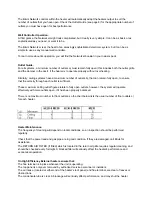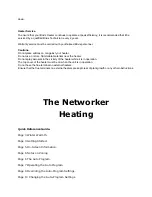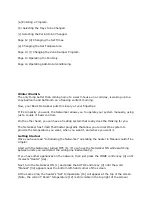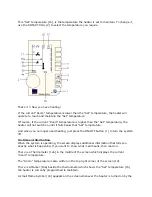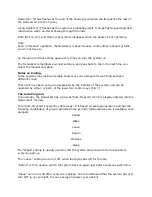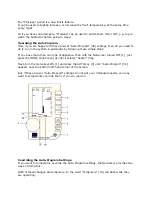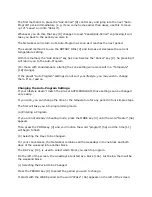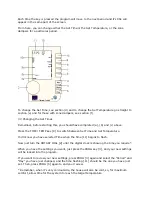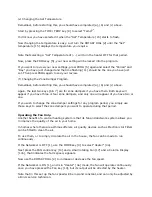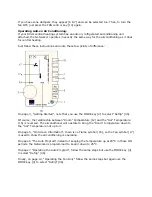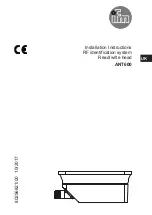
air is then redistributed in the house via a network of smaller ducts, and released into the house through
floor or ceiling outlets.
The entire process is directed by the Networker, which is usually positioned in the living area on an
internal wall, and away from windows and doors if possible.
For best performance, the following points should be borne in mind:
Ensure that your home is well insulated. Wall-to-wall floor coverings, drapes, pelmets and even wall
insulation can all help reduce your energy consumption.
Turn the heating OFF at night and back on again when you wake in the morning.
Keep the temperature setting low if you are active in the house. The normal operating temperature in
most average homes should be around 17
o
C to 21
o
C.
Don't leave external doors and windows open.
Fumes from candles, fragrant oil burners, cooking or smoking may be drawn into the system, (especially if
the Return Air inlet is in the ceiling) and can cause staining around the heating outlets.
Just follow these few guidelines and your Brivis Central Heating System is sure to provide you with many
years of warmth and satisfaction.
Power Supply Interruption.
The heater will not operate without a 240 Volt power supply to the unit.
If the power supply is interrupted during the heater's operation, the unit has safety mechanisms to turn off
the gas supply.
When the power is restored, the heater will resume normal operation automatically.
If the power is off for more than 2-3 hours the Networker may require the time and day to be reset.
Heater Operation.
Ensure the Networker is set at the OFF position.
Go to the Heater and turn ON the gas cock on the gas supply adjacent to the unit.
Turn ON the 240 V power supply at the power point, ensuring the plug is firmly located in the socket.
Now turn the Networker ON in heating mode.
If the heater does not respond, due to the unit that has been shutdown for an extended period of time or
after an interruption to the gas supply, you may need to purge the air in the gas pipe, by pressing the
reset button on the Networker several times.
Notes on Heater Operation.
When the Networker calls for heat, the Heater must first establish correct ignition, then allow the burners
time to generate heat before starting the fan. A small amount of warm air will then start to flow and this
flow will reach its full potential within 1 to 2 minutes.
With an external heater, it is not abnormal to see vapour discharging from the flue terminal when the unit
is operating.
Brivis has preset and tested your unit on a typical system setting, however your Installer may have varied
the fan speed settings to suit your installation.
Please consult your Installer or arrange with him to set the heater to suit your individuals needs.



